

James Wong
2026 Audi Q5 review: Quick drive
5 Days Ago
The first Lexus LS was the Japanese luxury sedan that made the Germans sit up and take notice. Does the latest LS500 still have that effect?
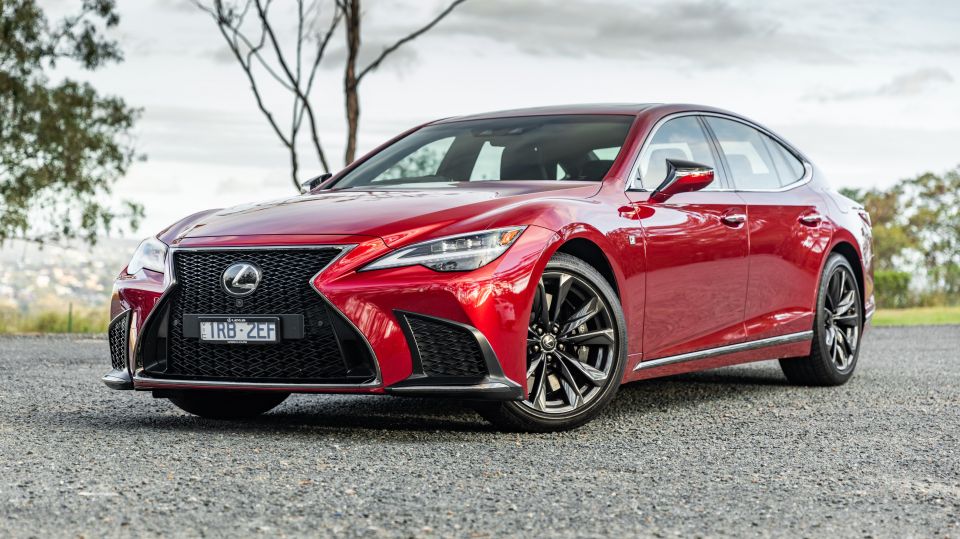
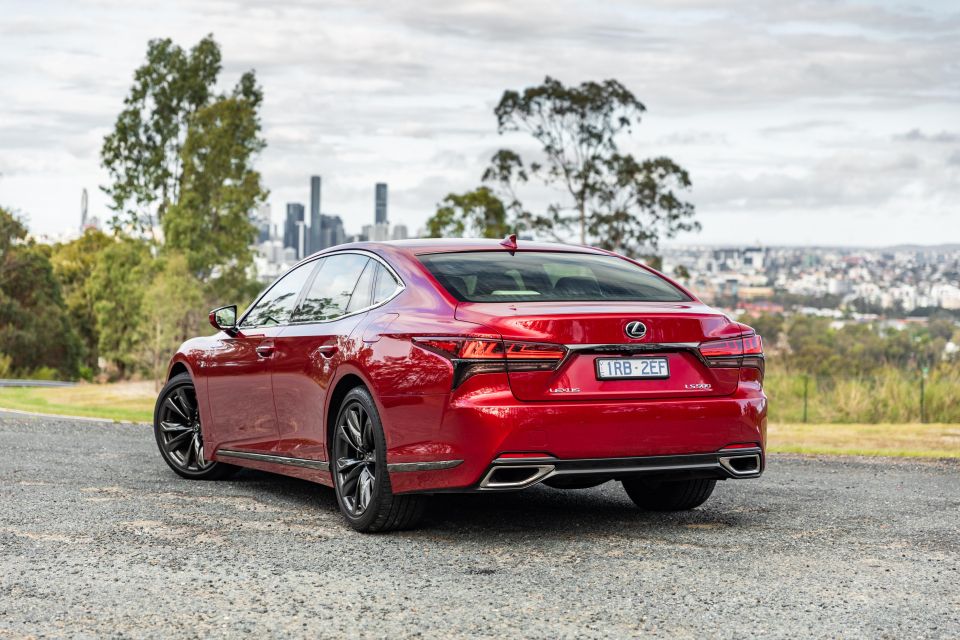

News Editor
New from
$194,136
excl. on-roads

News Editor
New from
$194,136
excl. on-roads


News Editor
New from
$194,136
excl. on-roads

News Editor
New from
$194,136
excl. on-roads
Quickly see how this car stacks up against its competition. Select any benchmark to see more details.
Where expert car reviews meet expert car buying – CarExpert gives you trusted advice, personalised service and real savings on your next new car.
For more than 20 years, Lexus has battled the Germans directly with its IS, GS and LS sedan trio.
The LS line is symbolically the most important Lexus, as it was the very first. When the brand made its global debut in 1989, the LS made the Germans sit up and take notice.
With the IS dead locally due to side-impact regulations and the GS dead everywhere, that leaves just the LS remaining of the trio; there’s an ES sedan, too, but while it’s luxuriously appointed it’s not really a direct rival for anything German.

Sedans may be declining in popularity, especially in Western markets, but the LS is still a crucial vehicle for Lexus in terms of prestige, if not volume.
It’s regularly outsold by the dominant Mercedes-Benz S-Class in Australia, which bests all its flagship sedan rivals in the sales race. The BMW 7 Series also outsells the LS by a decent margin, though the race is more neck-and-neck between the LS and the Audi A8.
The S-Class has just been redesigned with a glitzy, high-tech interior, while the 7 Series was updated not too long ago (a new one has been spied testing), and an Audi A8 update is imminent. Does the Lexus LS still have enough to stand out in this segment?
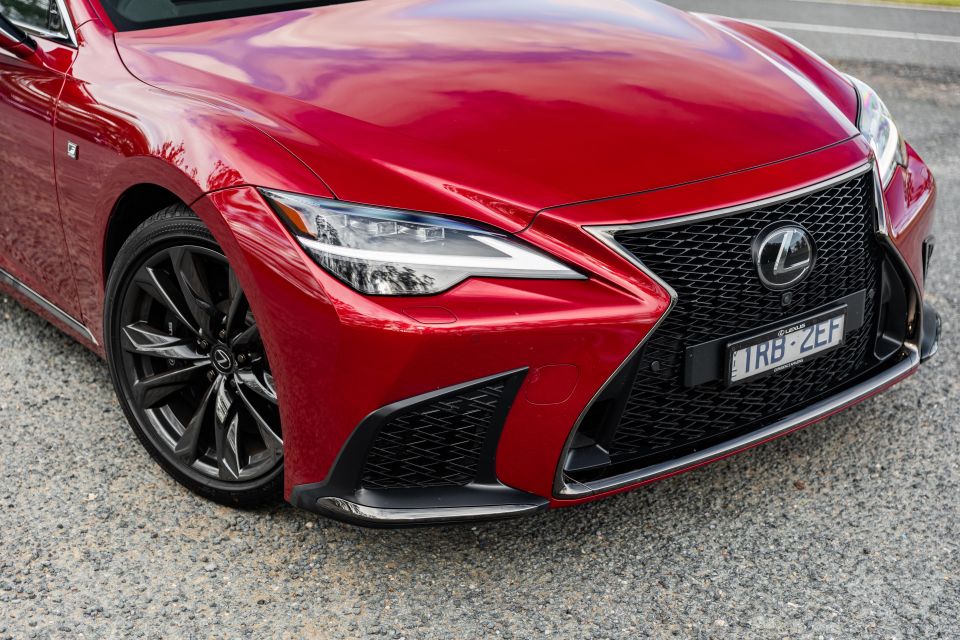
The F Sport is the entry point into the LS range, and is priced at $195,325 before on-road costs in hybrid LS500h guise or $195,830 before on-roads in the LS500 as tested. An extra $5000 or so gets you the range-topping Sports Luxury.
When the first Lexus LS came out back in 1990, it offered a package the size of a Mercedes-Benz S-Class but at the price of a mid-range E-Class.
Those days are long gone, with the latest LS now occupying the same price bracket as its similarly-sized German rivals. It still has an on-paper advantage over them, however, in the power department – more on that later.
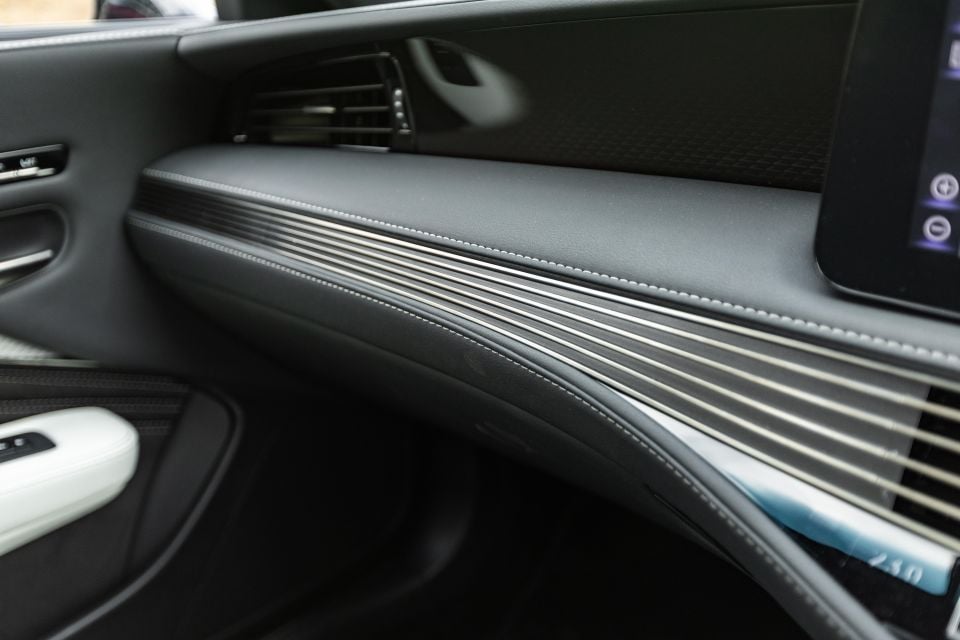
The base Audi A8 50 TDI costs $193,872 before on-road costs, or $208,472 in extended L guise. The BMW 730d and 740i both slide in just under $205,000, the base Maserati Quattroporte is $210,990 list, and the cheapest S-Class is the S450 at a steeper $244,700.
It’s worth noting Lexus no longer offers two different lengths of LS, like the Germans still do. Your only choice is a single body 5235mm long on a 3125mm wheelbase. In contrast, an A8 is 5172mm on a 2998mm wheelbase, an A8L is 5302mm/3128mm, an S450 is 5180mm/3106mm, an S450L is 5290mm/3216mm, a 740i is 5120mm/3070mm and a 740Li is 5260mm/3210mm.
Therefore, the Lexus does offer both more power and metal for your money than similarly-priced Germans, though we’re not talking a Gulf War-era gulf in value.
Our tester was finished in stunning Vermillion metallic, a lustrous red that captured people’s attention and was a thoroughly refreshing change from the monochromatic finishes these cars are often bought in.
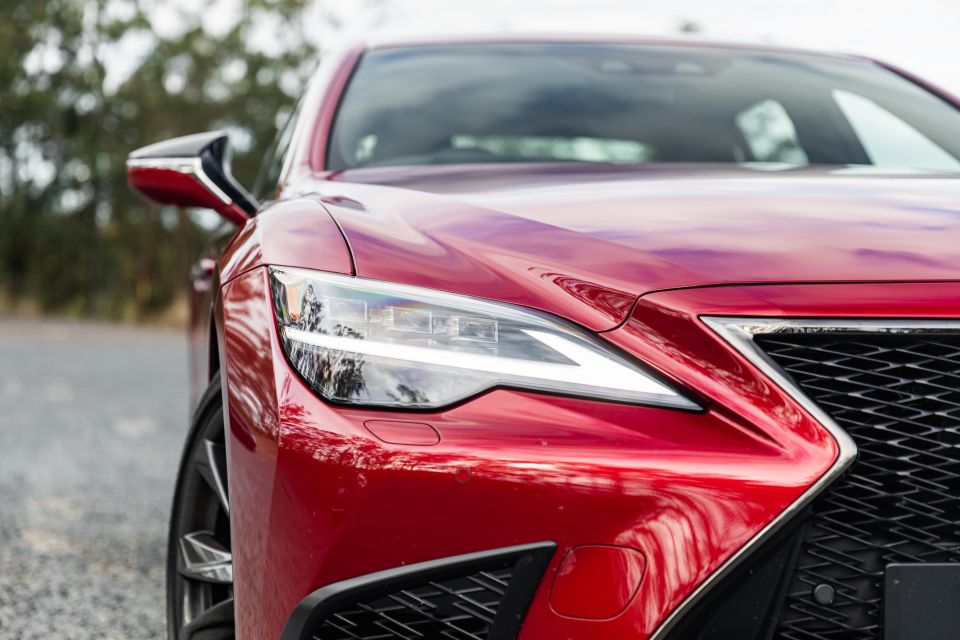
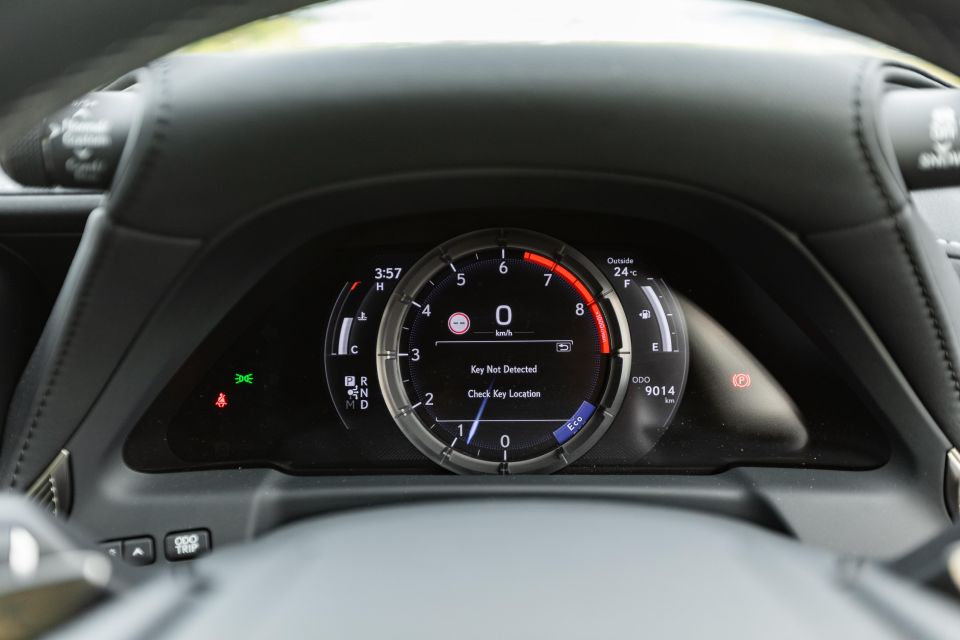
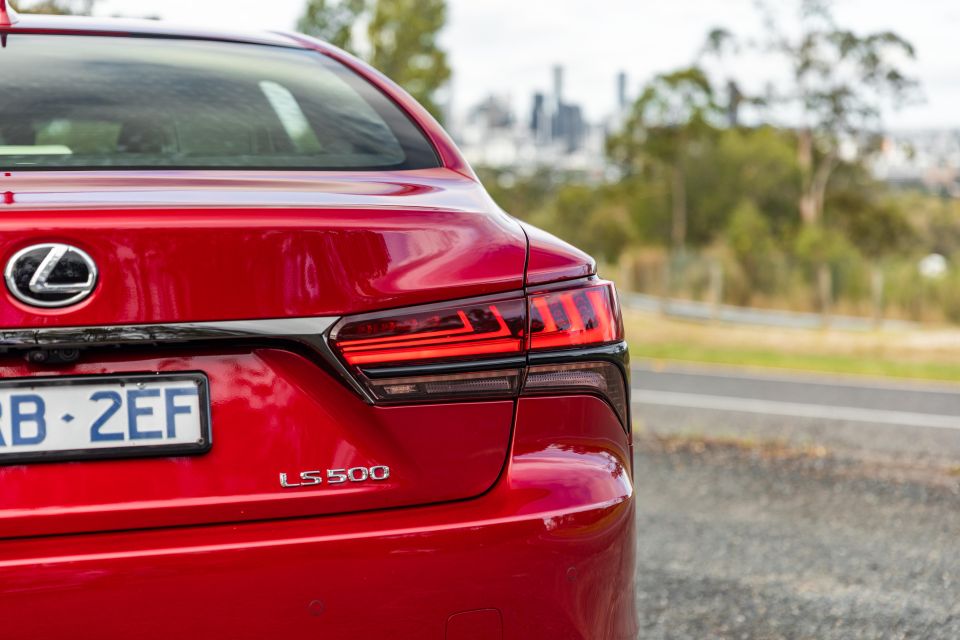
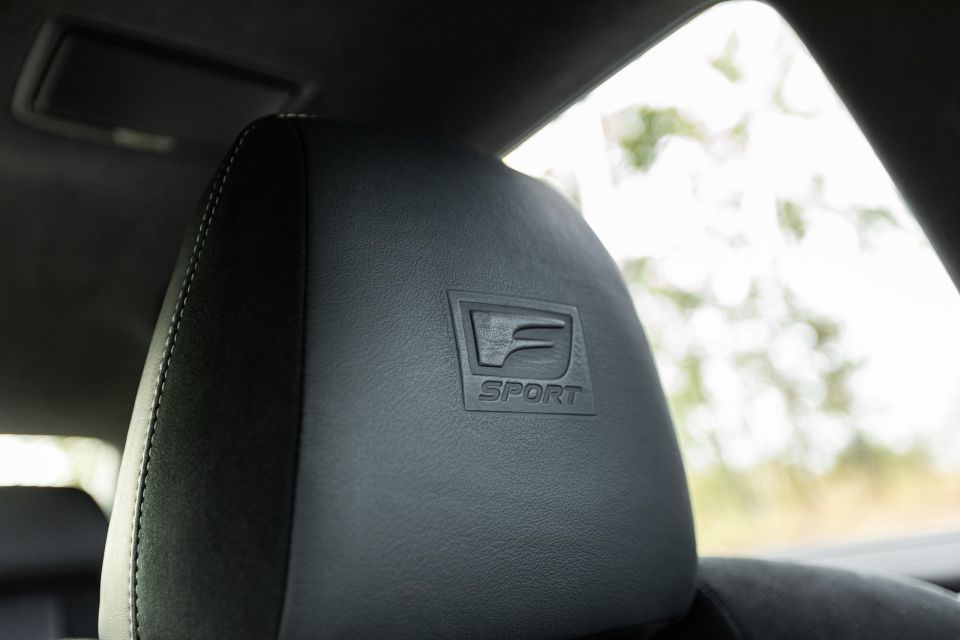
Buy your new car without the stress. It's fast, simple and completely free.

Great service from Travis and team, second time I have used this business would not hesitate to recommend them to anyone
Craig C.
Purchased a Ford Ranger in Sunshine Coast, QLD
CarExpert helped Craig save $7,224 on his Ford Ranger, now let us save you on your next new car.
Get your BEST priceAll Lexus LS models come standard with the following:
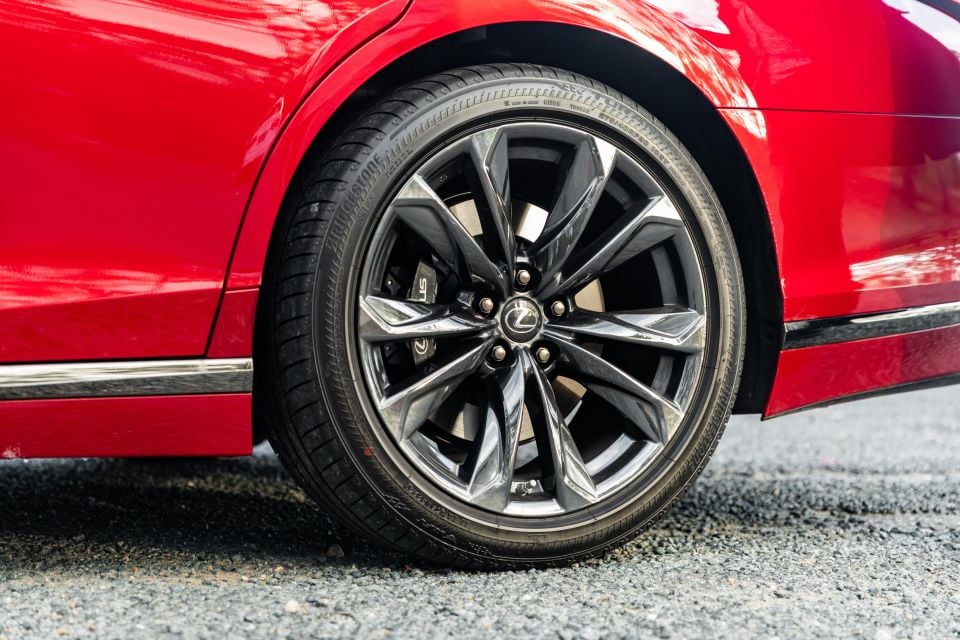
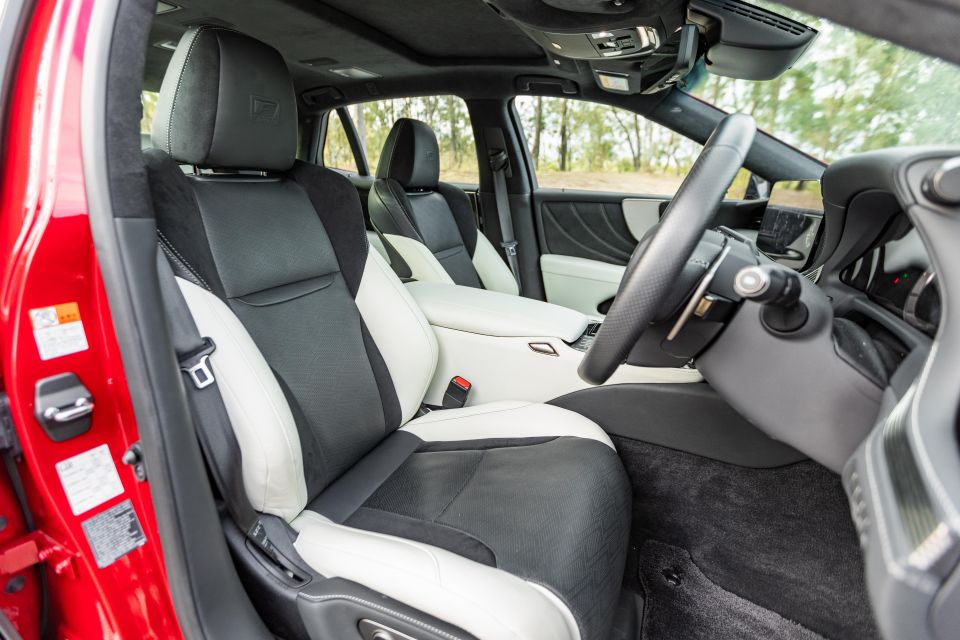
The F Sport also includes some unique features, including:
There are some features you may be surprised to find missing from the spec sheet. These include remote start, colour-adjustable ambient lighting, semi-autonomous parking assist, and a panoramic sunroof.
The Sports Luxury doesn’t include these either, and lacks the F Sport’s performance enhancements, but it gains power-reclining, heated and ventilated rear seats with massaging plus quad-zone climate control, among other features.
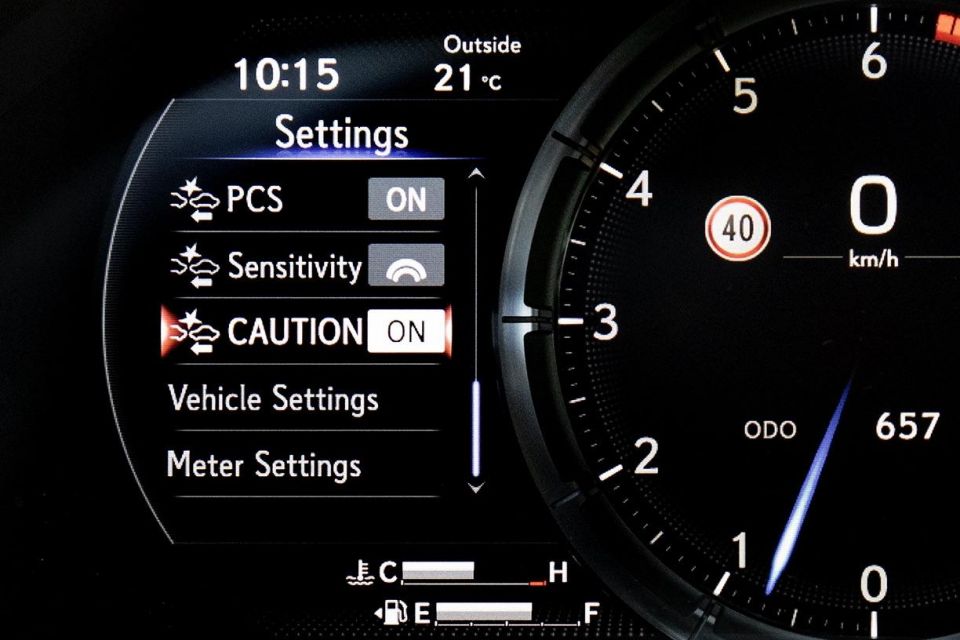
The Lexus LS hasn’t been tested by ANCAP or Euro NCAP.
While there’s no crash data, there’s a full suite of Lexus Safety System+ assistance features, including:
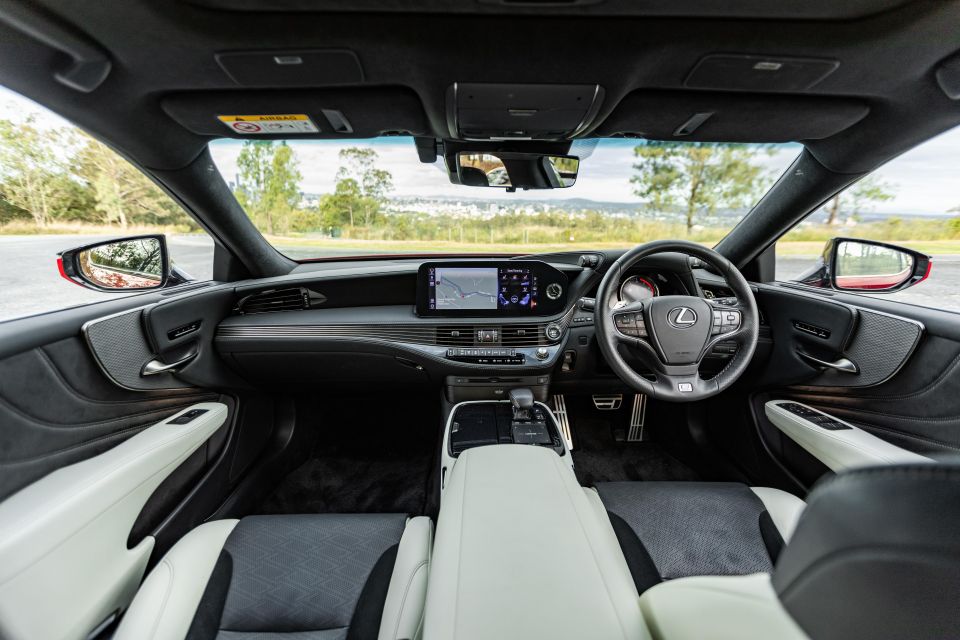
The LS500’s interior is precisely as plush and well-appointed as you would expect, though it’s not without its faults.
Material quality is sublime. Everything is covered in leather or soft-touch plastic; even the glove box lid and the base of the (lined) door pockets are finished in squidgy plastic. The deep-pile carpets are also thick and plush.
The switchgear is classy, like the metal volume and tuning knobs or the metal-accented wheels for adjusting the cabin temperature. There’s also metal on the paddle shifters. The drive mode is adjusted via Lexus’ long-running knob mounted on the instrument cluster hood, which is always easy to reach.
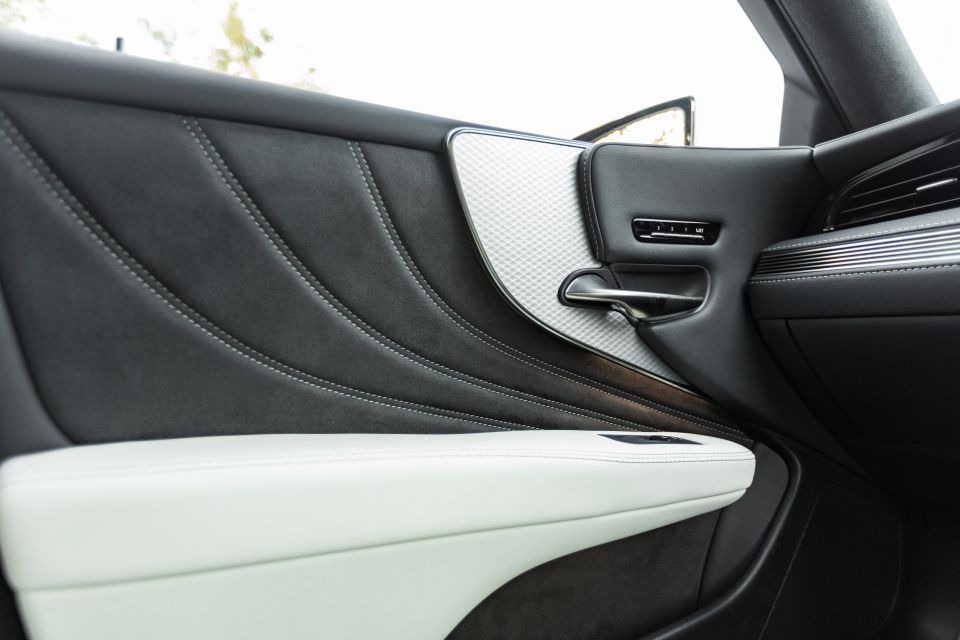

Our favourite design element would have to be the door panels. While the dashboard isn’t totally left-field, particularly with its trendy ‘hidden’ air vents, the door panels are stunning. The dashboard wraps around to meet the door panels, and these ‘wings’ on the doors are upholstered in leather.
The stitching details gracefully arc upwards, while the arm rests appear almost to float, an effect highlighted by the subtle, soft white ambient lighting.
Our tester’s interior was finished in black and Moon White with “Naguri-style” aluminium trim, which contrasted nicely with the Vermillion exterior.
There are fewer interior trim options with the F Sport, with the aluminium trim mandatory and only two other colourways available: boring black, or black with racy Flare Red accents. If you want a burgundy dashboard or the stunning Kiriko Glass trim pieces, you’ll need to step up to the Sports Luxury.


The F Sport does, however, boast some design features unavailable on the pricier Sports Luxury. That includes unique suede-accented leather seats and metal pedals, plus a lovely, tactile F Sport steering wheel, a dimpled leather shifter, and an 8.0-inch digital instrument cluster with a slide-out meter ring designed to resemble that of the LFA supercar.
The front seats may ostensibly be sports seats and do keep you in place on winding roads, but they’re ever so plush and comfortable and feature ample adjustments.
Starting the car has the seat automatically move to meet the steering wheel which simultaneously telescopes forward, a common feature in luxury cars. More uniquely, the driver’s seat rises up when you’re exiting the vehicle, which should be appreciated by older owners.
The LS500’s well-calibrated Lexus Climate Concierge managed to satisfy even me, someone who is constantly fiddling with climate control settings.
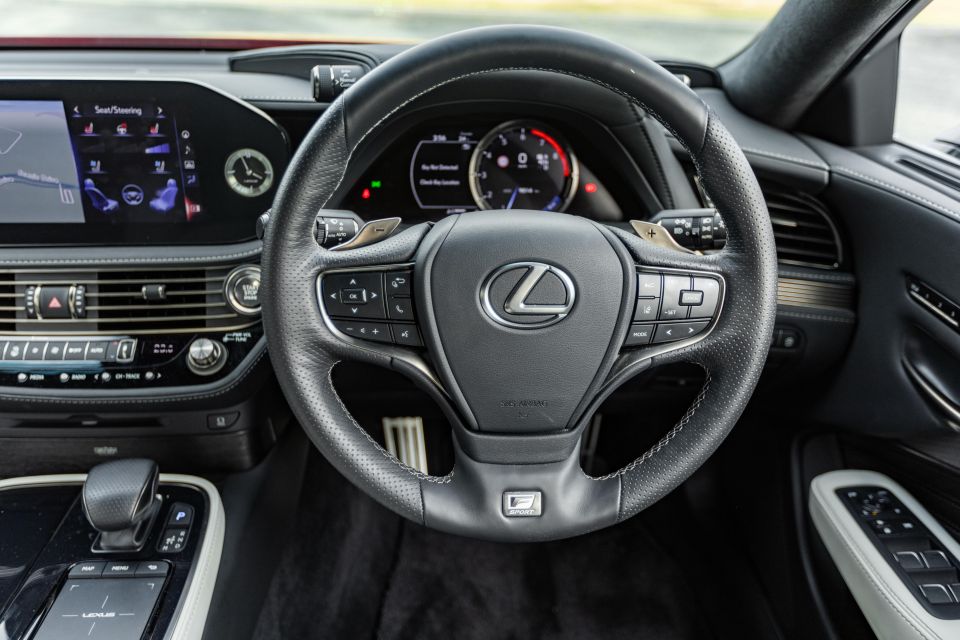
The centre console bin has an enormous padded lid, though perhaps this wasn’t the best place to put white leather upholstery. It opens from either side, which is neat, and reveals a spacious centre bin with two USB-A outlets.
The weak spot in the interior is the infotainment.
Yes, the screen finally has touch functionality even though the maligned trackpad still sits on the centre console. Thank heavens for little miracles.
The user interface isn’t as intuitive as that found in its German rivals, while response times can be tardy. Then there are the graphics, which betray the system’s age.
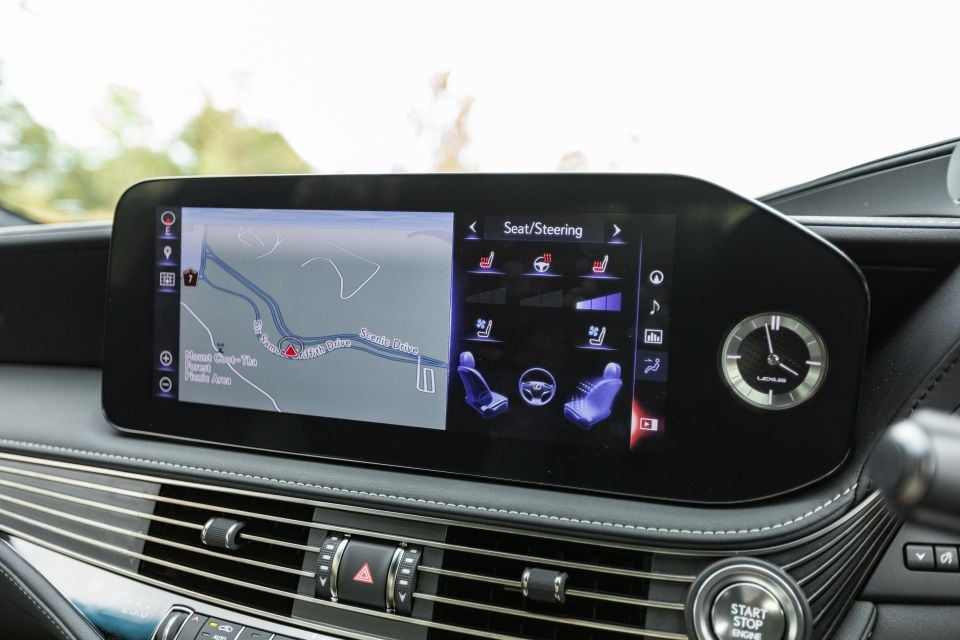
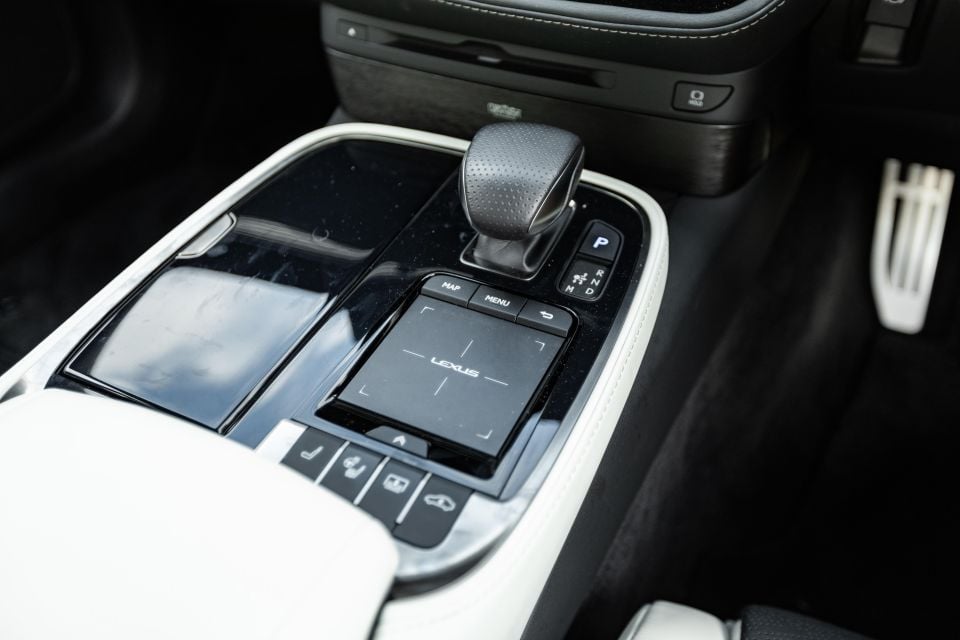
The maps look much as they do in a Toyota, while everything has this dull, washed-out blue look to it – at least you can change to a dull, washed-out brown. Fortunately, smartphone mirroring takes up the whole screen.
The camera system is low resolution for a car at this price point, especially considering what the likes of Audi (let alone mainstream brands like Haval) are offering today. There’s a neat feature you can activate by putting the Lexus in park, with an animation giving you a 360-degree view of its surrounds with a 3D depiction of the car.
You can press a button to remove the car from the image, for a closer look at where you’ve parked, and you can change the colour of the illustrative car. But German brands offer more interactive 3D views with superior resolution.
A higher-tech touch is the digital rear-view mirror, which can be activated simply by pulling a lever. This, fortunately, is high-resolution.
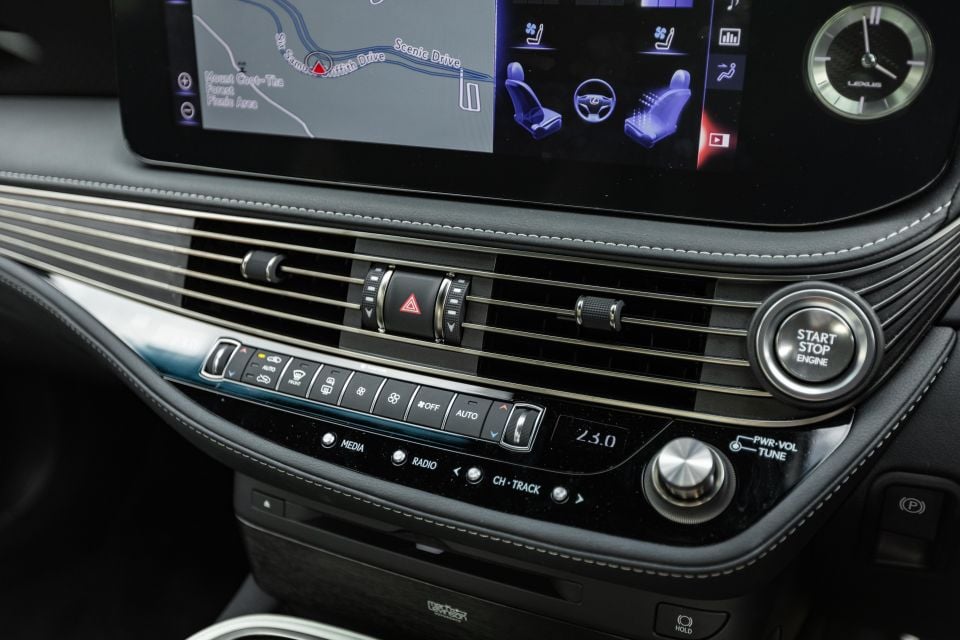
The infotainment system’s integration with the dash is also somewhat awkward.
It juts out of the dashboard like many of today’s tablet-style touchscreens, but it’s on a plane that also boasts Lexus’s signature analogue clock. This mix of old-school luxury and modern technology can’t help but come off looking a little strange. An analogue clock is no longer seen as a luxury must-have but, rather, a 1990s throwback, which even back then was a throwback to luxury cars from decades past.
Speaking of old-school, take a look at the base of the centre stack and you’ll find something that’s become increasingly rare in cars today. That would be a CD player, perfect for popping in your Roy Orbison CDs.
Regardless of what you’re playing, the 23-speaker 980W Mark Levinson sound system is a joy to listen to; you’ll also notice some of those speakers are mounted on the roof. Another unusual touch is a little storage cubby to the right of the steering wheel.

Where expert car reviews meet expert car buying – CarExpert gives you trusted advice, personalised service and real savings on your next new car.
Step into the back and there’s palatial room for two occupants and a severely compromised space for the third occupant. The driveline hump is enormous, leaving the middle passenger to awkwardly straddle it. By no means is the LS alone in this segment in having a large hump, however.
The other two seats are supremely comfortable, though they’re only heated. You’ll need to step up to the Sports Luxury for ventilated, reclining and massaging seats.
While the lack of a panoramic sunroof is disappointing, headroom isn’t compromised and there’s plenty of room for somebody measuring 180cm tall. There are also fold-down vanity mirrors on either side of the roof.
In the F Sport, you still get a fold-down centre armrest with two USB outlets, along with controls for the heated seats and rear sunshade, plus a button that allows you to move the front passenger seat fore and aft. At the base of the centre console, there are air vents and a 12V outlet.
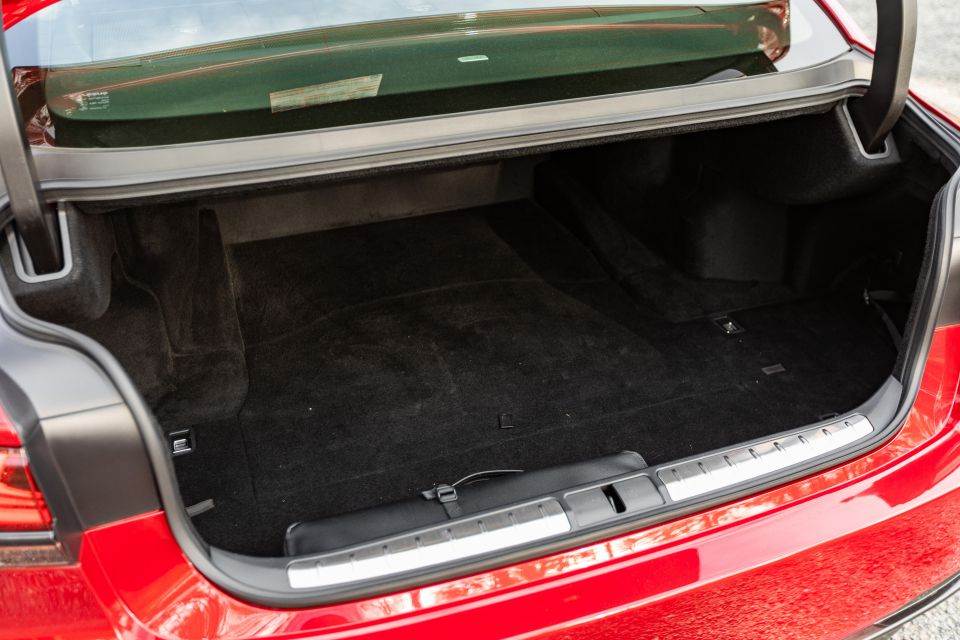
The boot is relatively spacious at 480L. As the LS500 rides on run-flats, there’s no spare to be found underneath the boot floor. Disappointingly, there’s only a close button for the power boot lid and no close-and-lock button as can be found on other cars.
The LS500’s interior wasn’t applauded by everybody who sat in it.
At least two passengers commented on the myriad different textures and materials used in the interior, suggesting it wasn’t a cohesive design. The use of white leather in the interior also drew some criticism for its perceived impracticality, though Lexus is hardly alone in this respect.
While I found the mix of materials and textures broadly appealing, I found the scratchy fabric used above the instrument cluster hood to be an odd touch.
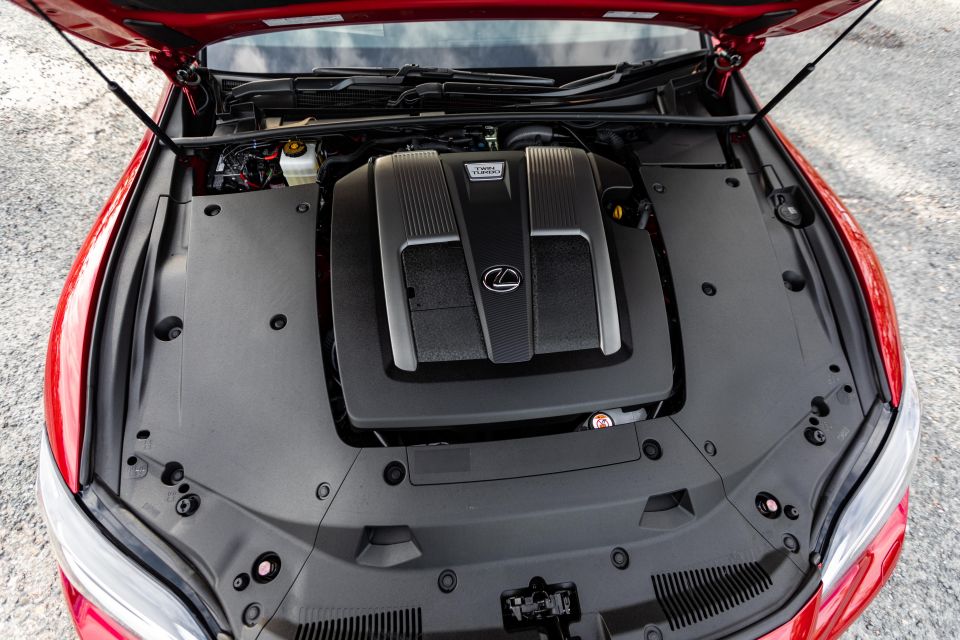
Open the bonnet and you’ll see a sea of plastic, though there’s a good engine in there.
The current generation of LS was the first not to feature a V8 engine. Instead, the LS500 packs a twin-turbocharged 3.5-litre petrol V6 producing 310kW of power at 6000rpm and 600Nm of torque between 1600 and 4800rpm.
The LS500h, in contrast, mates a naturally-aspirated 3.5-litre V6 with an electric motor for a total system output of 264kW. It’s not that much slower to 100km/h, though, at 5.4 seconds versus 5.0 seconds.
The similarly-priced Audi A8 50 TDI uses an entirely different kind of engine: a 3.0-litre turbo-diesel V6 with 210kW and 600Nm, and a 0-100km/h time of 5.9 seconds.
The BMW 740i is more conceptually similar to the LS500 but can’t quite match it in outright power – its turbocharged 3.0-litre inline six puts out 250kW and 450Nm, though it only takes an extra half a second to reach 100km/h.
Even the pricier Mercedes-Benz S450 is shaded by the Lexus, with 270kW, 500Nm, and a 0-100km/h time of 5.1 seconds.
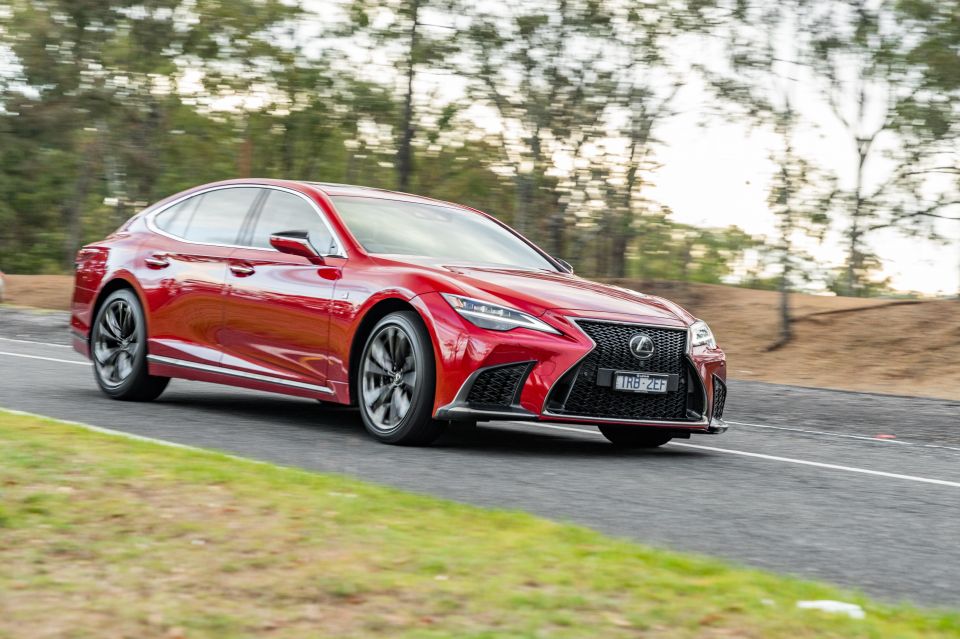
The LS500’s most impressive dynamic quality is the supple, wafting ride afforded by its air suspension. Even in Sport+ mode, the LS500 rides like a feather floating and landing delicately on the ground. And yet, despite this utterly plush ride, there isn’t an overly loose or nautical feel to the way the LS drives.
Lexus claims a 0-100km/h time of 5.0 seconds, but the LS500 doesn’t feel that fast. That’s because the cabin is so serene and the throttle response so smooth, you can get up to triple-digit speeds with no drama.
Gear changes are barely felt as you rapidly gain speed. There’s no feeling of turbo lag, and instead there’s a steady progression of power. The cabin is also funeral home quiet, with wind and road noise virtually imperceptible and only hushed notes coming from the V6.
Indeed, the LS500 is so smooth and supple that elements that wouldn’t be noticeable in other cars stand out here. Take, for instance, the automatic stop/start system. It’s hardly the worst system out there, but you’re made aware of its operation because the cabin is so hushed.

We also experienced a minor shunt once or twice from the transmission, though this was with a heavy (and sudden) right foot.
The F Sport is no F car, but it can be hustled down a winding mountain road with surprising aplomb. Put it into Sport+, which plays a throatier engine sound in the cabin, and the car hunkers down on its air suspension. The stability control light will flicker incessantly in spirited driving but its intervention is always smooth.
Sport+ holds gears for a touch too long at times, but it makes the car feel more engaging. We also love the cool red-and-white effect applied to the instrument cluster in this mode.
There’s no disguising the LS’s 5235mm length or 2230kg weight in sharper bends, so this is no sports sedan. Nevertheless, it handles better than you would expect from something this size (and with this badge).
The steering isn’t numb and boasts good weighting, though it isn’t the last word in road feel, and the structure feels stiff. This might be a huge sedan, but it doesn’t feel loose or floaty.
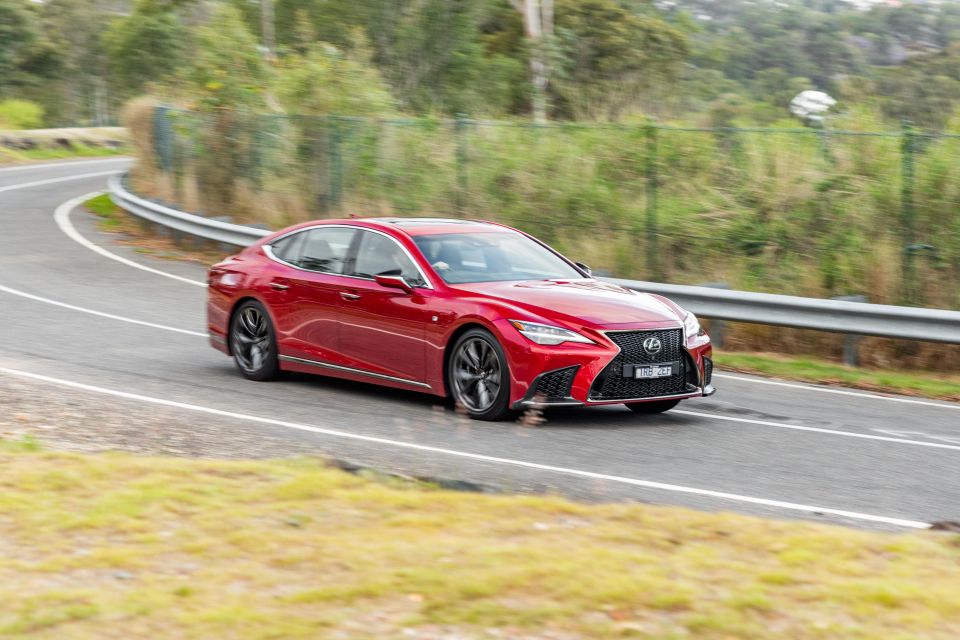
This is the type of car that is designed to be enjoyed just as much from the back as from the front – possibly more so.
Having been chauffeured in the LS500, I can confirm the back seat is a wonderful place to be. The seats are sumptuous, noise is imperceptible, and the ride quality is superb.
Mind you, if I was to be driven around in an LS, I’d still prefer the Sports Luxury with its reclining, massaging, heated and ventilated rear seats. The F Sport’s vaguely sporting bent doesn’t hinder its abilities as a luxury limo, though.
The driver assist features work well, though the lane-departure warning is a bit overbearing with its lengthy vibrations.
You’re probably noticing a consistent theme here overall, though: the LS500 is smooth.
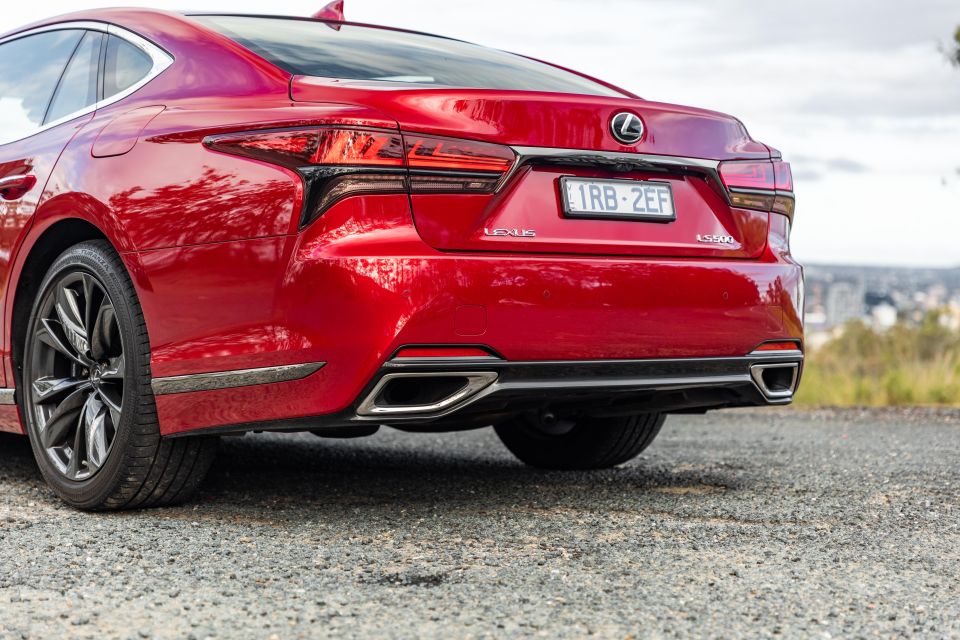
Lexus covers the LS500 with a five-year, unlimited-kilometre warranty. That matches the S-Class’s five-year, unlimited-kilometre warranty, and bests those offered by Audi, BMW, Maserati and Porsche which top out at three years.
Servicing is required every 12 months or 15,000km, whichever comes first. Lexus offers three years of capped-price servicing, with each service costing $595. That works out cheaper than the likes of the Audi A8 ($766 each with the five-year service plan) and Mercedes-Benz S-Class ($900 each with a three-year plan).
The capped-price servicing comes as part of Lexus’ Encore Platinum which also includes service loan cars, hotel partnerships, exclusive event invites, and the Lexus On Demand program that allows you to book another vehicle when travelling.
The LS500 requires 95 RON premium unleaded fuel. We averaged 12.3L/100km on our test loop, comprising inner-city, suburban and highway driving; during this loop, we had it in auto mode with automatic stop/start enabled.
Over the course of a week, including a weekend trip out of town, we averaged 12.7L/100km. Both results were quite a bit higher than the official 10L/100km combined cycle rating. For reference, the LS500h is thriftier still at 6.6L/100km.
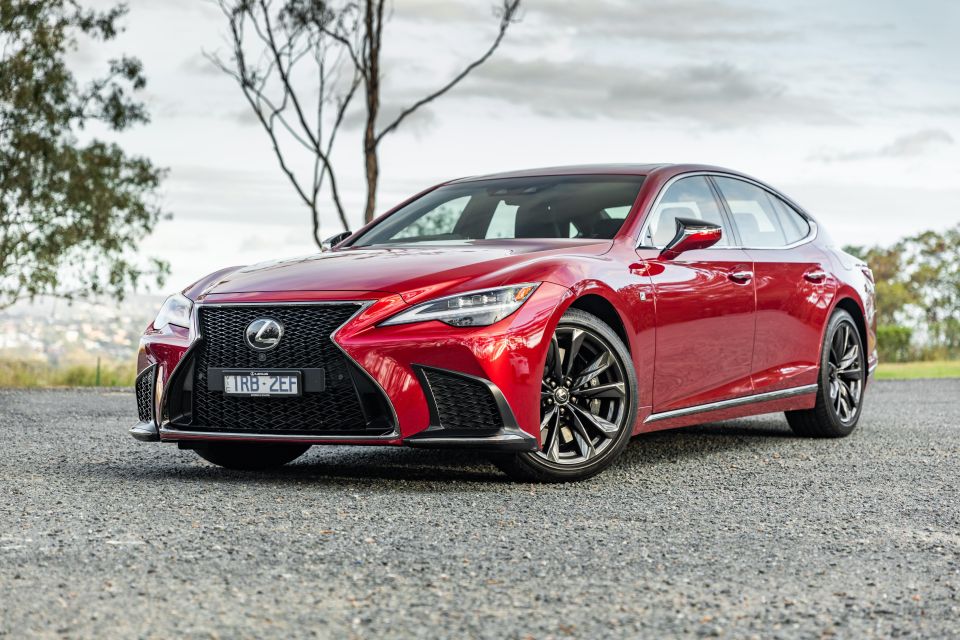
Buy your new car without the stress. It's fast, simple and completely free.

Great service from Travis and team, second time I have used this business would not hesitate to recommend them to anyone
Craig C.
Purchased a Ford Ranger in Sunshine Coast, QLD
CarExpert helped Craig save $7,224 on his Ford Ranger, now let us save you on your next new car.
Get your BEST priceAs a flagship for the Lexus brand, the LS500 oozes class. The air suspension ride is sublime, the interior magnificently appointed and boasting a unique style, and the exterior sleek and stately all at once.
The muted growl of the V8 is missed but the twin-turbo V6 offers effortless performance, while the handling is, if not sporty, then poised and polished.
What lets down the LS500 is its in-car technology. That’s all the more apparent when you compare it to the (admittedly more expensive) redesigned S-Class, which makes the LS500’s infotainment look positively archaic.
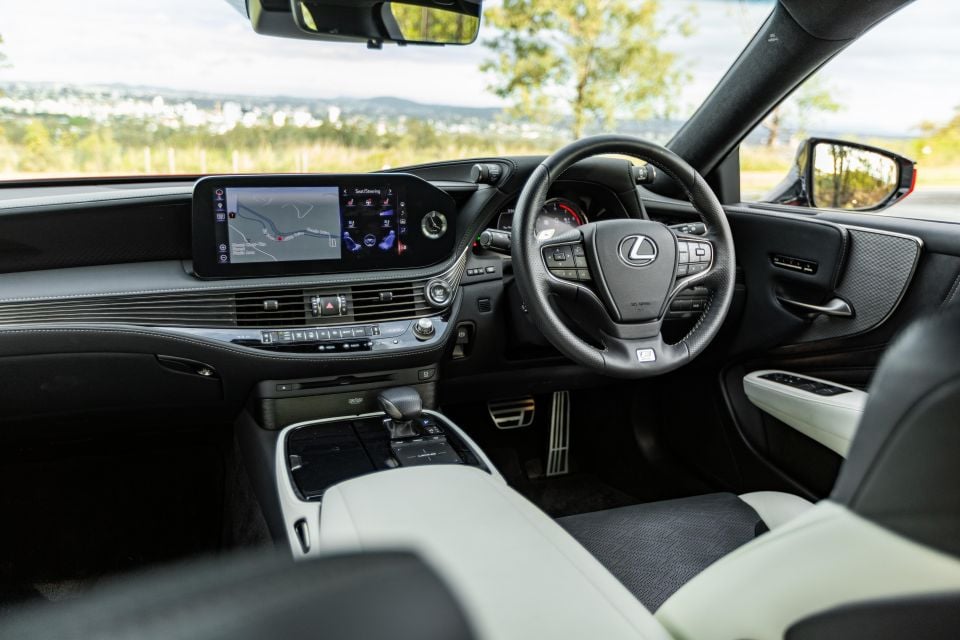
Yes, there’s finally a touchscreen and we’re closer to the trackpad being sent to the graveyard in which it belongs. Still, the system isn’t as attractive or responsive as those found in German rivals, while there’s no excuse for a circa-$200k luxury sedan to have camera resolution this bad.
The interior packaging could also be better. While we’re happy the LS500 can blend a sleek roofline with decent rear headroom, the driveline hump makes for an awkwardly-positioned middle-seat occupant.
In a segment like this, technology is even more important. The Germans use their flagship sedans to debut new tech, which filters down through their ranges. The LS500 just doesn’t have as much to offer in this respect.
Setting this aside, the LS500 wafts along with the grace and pace you’d expect of a flagship luxury sedan. If you don’t want the latest in tech and you instead would like the most power and metal for your money, the Lexus still deserves a look.

Click the images for the full gallery
MORE: Everything Lexus LS
Where expert car reviews meet expert car buying – CarExpert gives you trusted advice, personalised service and real savings on your next new car.
William Stopford is an automotive journalist based in Brisbane, Australia. William is a Business/Journalism graduate from the Queensland University of Technology who loves to travel, briefly lived in the US, and has a particular interest in the American car industry.


James Wong
5 Days Ago


James Wong
5 Days Ago


Max Davies
4 Days Ago


Josh Nevett
2 Days Ago


Max Davies
2 Days Ago
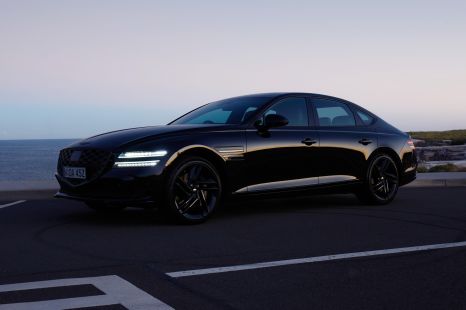

William Stopford
22 Hours Ago